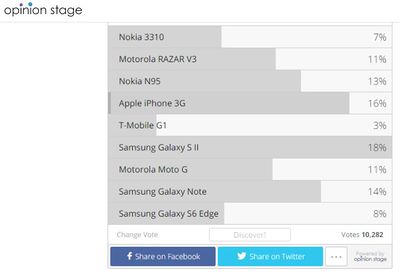Difference between revisions of "Options"
From Deliberative Democracy Institiute Wiki
(→Options in CMC) |
(→Options in CMC) |
||
| Line 19: | Line 19: | ||
[[File:Options-limited-opnionstage.jpg|400px|center]] | [[File:Options-limited-opnionstage.jpg|400px|center]] | ||
| − | + | ===Distrebuted Evluation of options=== | |
A distributed evaluation of options can be achieved by the OptPSR algorithm described by Caragiannis et al.<ref>[https://arxiv.org/pdf/1609.07460.pdf Caragiannis, Ioannis, et al. "Optimizing Positional Scoring Rules for Rank Aggregation." AAAI. 2017.] (thanks for [http://zutot.co.nf/ Nimrod Talmon] for the refernce)</ref> | A distributed evaluation of options can be achieved by the OptPSR algorithm described by Caragiannis et al.<ref>[https://arxiv.org/pdf/1609.07460.pdf Caragiannis, Ioannis, et al. "Optimizing Positional Scoring Rules for Rank Aggregation." AAAI. 2017.] (thanks for [http://zutot.co.nf/ Nimrod Talmon] for the refernce)</ref> | ||
Revision as of 10:44, 2 January 2018
Options are different pathways to reach a solution based on a SON or a MON.
Brain Mechanisms
Here et al. (2009)[1] found that there is corrolation between self-control and activirty in the dlPFC and vmPFC. As you practice on self control, there is more blod flow in the dlPFC. It seams that "evidences between the options will be stored in the dlPFC and when a trashold is passed in the vmPFC, the decision will be made.
It may be that people with more self-control, can withold verdict untill enough evidences are brghout.
The ACC is thought to be part of the conflict detection system between two deductions.
Options in CMC
For every challenge there are may be many options to reach a solution. In CMC several methods were developed to represent options in clear way:
In the developer communities stack overflow is a well familiar method to represent options. In delib.org delib.org mvp1 there is another way. Both ways are adjusted to infinite options. In deliberation infinte options are crucial for mainating the ability of every member to represents his MON.
Most of the people know about one or two or even several options. Voting yes/no is reorientation of one option, which the public can accept or reject. Voting between two or more options is a way to select between small set of options (which are preselected).
Distrebuted Evluation of options
A distributed evaluation of options can be achieved by the OptPSR algorithm described by Caragiannis et al.[2]
References
- ↑ Self-control in decision-making involves modulation of the vmPFC valuation system. Todd A Hare, Colin F Camerer, Antonio Rangel(2009) Science 324 (5927) p. 646-8
- ↑ Caragiannis, Ioannis, et al. "Optimizing Positional Scoring Rules for Rank Aggregation." AAAI. 2017. (thanks for Nimrod Talmon for the refernce)

